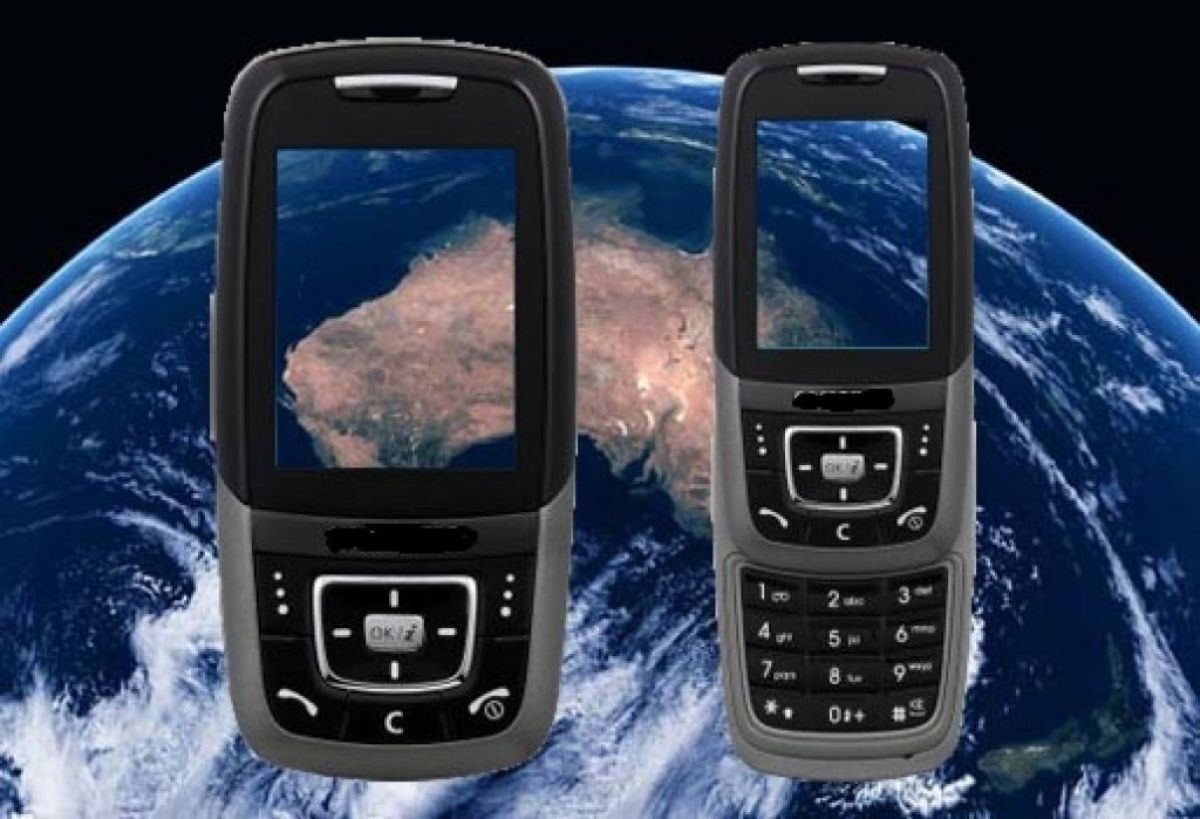Mobile Hotspots activated to increase remote connectivity
$367,000 NT Government funded project

Mobile Hotspots activated to increase remote connectivity
Two remote Northern Territory locations will now have access to vital mobile phone coverage thanks to the installation of the first Centre for Appropriate Technology (CAT) Hotspots.
Minister for Corporate and Information Services Peter Styles said the telecommunications Hotspots are now active as part of the $367,000 NT Government funded project which will see a total of 22 installed across the Territory over two years.
He said the newly activated Hotspots located at the Tropic of Capricorn roadside rest area 29km north of Alice Springs and at Simpson’s Gap in the West MacDonnell National Park are an exciting prospect for travellers and locals.
“These CAT Hotspots are innovative in their simplicity,” Mr Styles said.
“They are a sophisticated ‘low tech’ solution to extending mobile phone coverage in remote areas crucial for road users, tourist and residents.
“The technology amplifies mobile phone signals that are ‘too weak’ and converts them to usable levels, providing service up to approximately 30km from the mobile tower which is about double the existing handheld coverage.
“They consist of a mounted 1.2 m dish antenna with a mobile phone cradle, use no electronics, require no power and consequently have minimal maintenance requirements.
“The Country Liberals Government recognises connectivity infrastructure is vital across the Northern Territory and supporting this low-cost technology will provide services to many more communities and highway locations that otherwise would have no access.”
In addition to enhancing telecommunications the project is also stimulating the local economy with each Hotspot manufactured in the CAT Enterprise workshop facility in Alice Springs and installed by its Aboriginal workforce.
“We are very excited to see the roll-out of the new Hotspots,” said Andrew Crouch, Hotspot Project Manager at CAT.
“We have worked closely with the Government to get this project rolling, and now the benefits have started to flow to the NT public. For people who are travelling on the Stuart Highway, please look out for the new phone icon on the blue and white roadside signs as the sites are progressively commissioned, and go and try it out.”
“Aside from the safety and convenience these provide to Territorians and travellers, the benefits to our local workers and the sense of achievement they are experiencing is very rewarding.
“But they know we still have a lot of work to do; we will install another nine Hotspots this financial year with the remaining 11 to be completed in 2016 -2017.”
The NT Government has provided additional support to the project through its Business Innovation Support Initiative (BISI) program.
CAT was recently announced as a successful applicant in the latest Department of Business BISI grants round and will use the additional funding to enhance its Hotspot technology further and apply for patent protection of the enhancements.
It will also develop a business model to extend CAT’s delivery capability beyond central Australia by using contractor organisations with a similar Aboriginal employment focus.
Mr Styles said the Country Liberals Government is committed to expand and improve telecommunications infrastructure throughout the Northern Territory.
“Over the next three years remote communities across the Territory will benefit from having mobile phone services and where possible, fixed broadband services, under a $30 million co-investment program between the NT Government and Telstra,” Mr Styles said.
"We are also exploring opportunities to work with the Australian Government's Mobile Black Spot Programme which will see $5million invested to roll out new or upgraded base stations at Finke, Imanpa, Minjilang, Mount Liebig and Wallace Rockhole."















